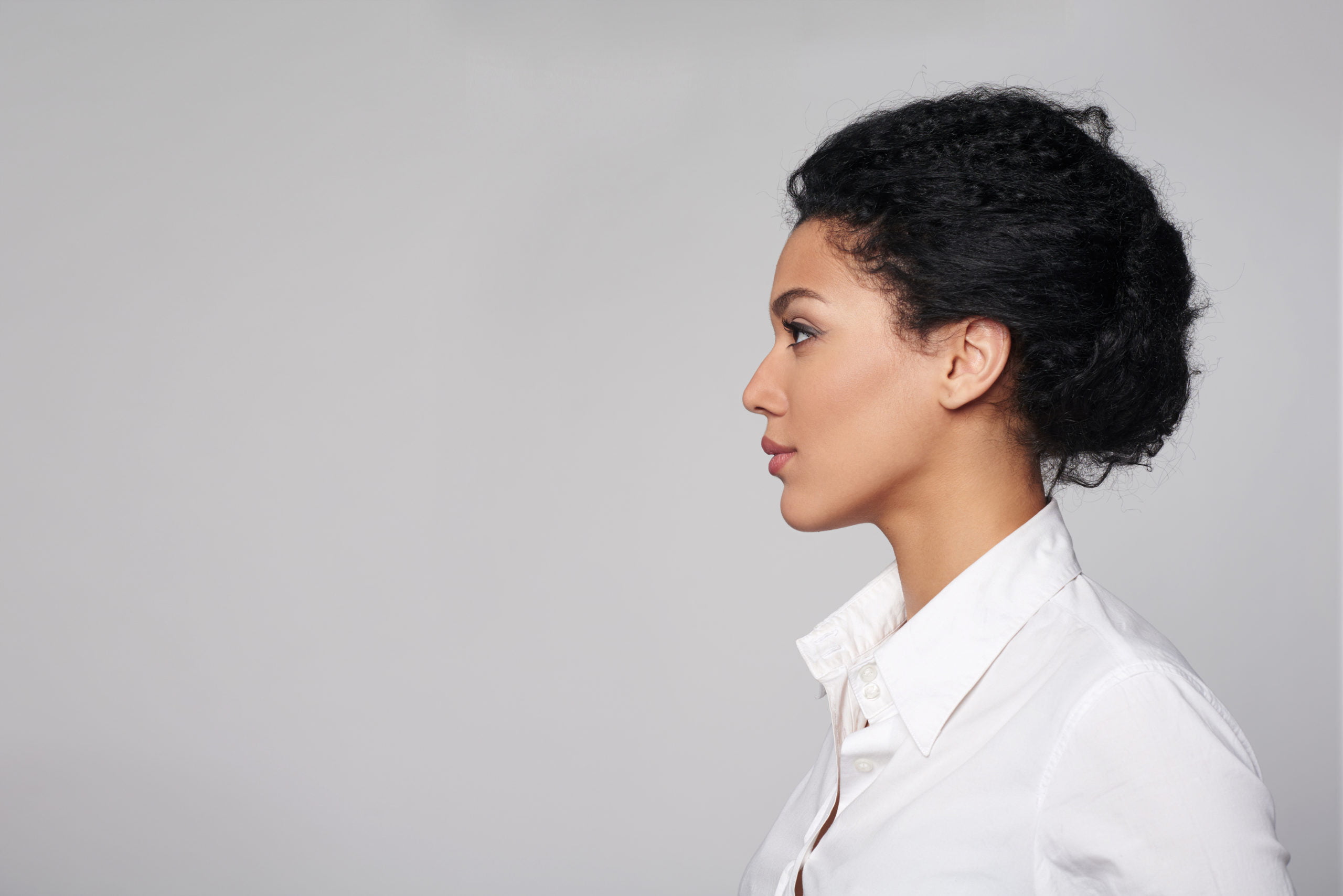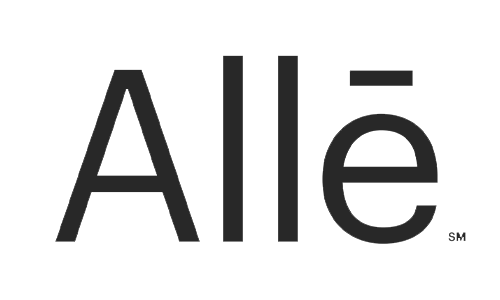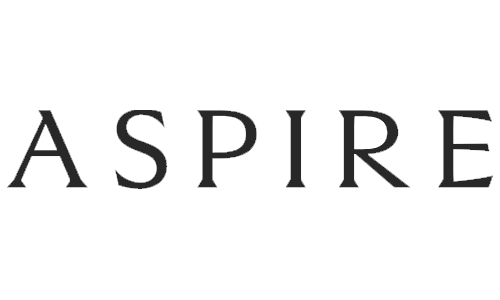Some people have naturally full lips, prominent cheeks, and smooth skin…many don’t. As we age, our face loses its plump, cherub-like appearance. Research has proven that collagen production slows, fat pads descend, bone-loss begins, and facial fat shrinks in all the wrong places in our late twenties. Aesthetically pleasing facial anatomy is often defined by the “triangle of youth,” with the triangle’s base at the cheeks and the point at the chin, the top half of the face being more voluminous than the lower half. With age, the “triangle of youth” flips, and the majority of facial volume shifts to the lower half of the face; flattened cheeks and jowls develop.
Many physically active adults notice this change earlier. A common complaint heard at our clinic, “My body looks vibrant and healthy, but now my face appears aged and skeletal.” Hyaluronic dermal fillers, also known as H.A. fillers, add volume and structure back to the depleted areas giving an overall refreshed appearance. Many clients report looking 3-5 years younger post-treatment. H.A. filler treatments are a superb, noninvasive alternative to a facelift. And, that plump, youthful glow is achieved immediately without any downtime.
What Is Hyaluronic Acid (H.A.)?
Hyaluronic Acid is a naturally occurring substance found in your skin. It helps keep the skin hydrated and adds volume. H.A. is a carbohydrate, a mucopolysaccharide that can be thousands of sugar molecules long at the molecular level. When bound to water, it creates a stiff jelly-like substance. H.A. is known to assist in collagen production. And, when used in skin creams, it helps lock in moisture at the skin’s surface. Over time, our body’s naturally occurring H.A. depletes.
Our Favorite H.A. Fillers
Juvederm H.A. Fillers: Juvederm Ultra and Voluma
Restylane H.A. Fillers: Restylane-L, Restylane Lyft, Restylane Defyne, Restylane Kysse
Should I get Dermal Fillers Or Botox For My Wrinkles?
Hyaluronic acid dermal fillers are not the same as neuromodulators (i.e. Botox, Dysport, Xeomin, Jeuveau), although both can smooth skin. Neurotoxins, also known as neuromodulators, reduce wrinkles caused by overactive muscle tension. Think of the lines between the eyebrows; these lines are formed from repeated expressions, such as squinting or scowling. As we age, these overused muscles remain semi-contracted or tense, forming wrinkles in the skin. Botox and Dysport injections (neuromodulators) relax the muscle allowing the skin to spring back to its resting place.
Not all wrinkles benefit from neuromodulators. Wrinkles due to loss of volume and structure do not. These types of wrinkles are actually “folds.” For example, the “parentheses lines” around the nose and mouth are caused by lost volume and structure in the nasolabial area and the cheeks. What works best…hyaluronic acid dermal fillers. Once injected into the deep layers of the dermis, H.A. fillers plump the skin, activate collagen production, add structure, smooth the folds, and increase the amount of hyaluronic acid lost over time.
What Is The Best Injection Method For Fillers?
Long ago, fillers were injected at the site of the “folds.” Now, fillers are used to lift and add structure to areas of the face that have lost volume. This, in turn, smooths the skin. For example, the lines around your nose and mouth can be reduced by adding volume to your cheek area. The most natural results are obtained by treating the cause, not the symptom.
Fillers have other applications than just decreasing wrinkles. Enhancing beauty features via H.A. dermal fillers is becoming very popular, especially plumping the lips, projecting the chin, and enhancing the cheekbones. Tear troughs are also highly requested filler treatment at Aluma. Since the orbital area is highly vascularized, and the depth of placement can be tricky, having a well-trained injector with lots of needle time is of utmost importance.
Always See A Seasoned Injector For Fillers.
Fillers are not without risk, aesthetically and medically speaking. First off, dermal fillers must be deposited at an accurate depth for natural and smooth results. Too shallow, and you get lumps and bumps. An injector should understand the importance of natural light and its projection onto the face and add volume accordingly. Also, an injector should be well versed in “golden beauty ratios,” so results are natural and aesthetically pleasing.
Medically, fillers can have complications and side effects. If an H.A. filler is accidentally injected into an artery, the filler must be dissolved immediately and effectively, or necrosis can happen. Physicians are highly skilled at noting vascular incidents and treating them effectively. Most importantly, results are dependent on the injector’s ability, so really knowing the injector and his/her/their results are key. Do not be fooled into getting fillers at a bargain.
Are H.A. Fillers Reversible?
The best thing about H.A. fillers is that they do not have to be permanent. Hyaluronidase, a family of enzymes, can be used to dissolve H.A. dermal fillers safely and effectively.
How Long will H.A. Fillers Last?
H.A. dermal fillers can plump and smooth the skin for several months to over a year. Your body will reabsorb the H.A. fillers between 6 months and 18 months. Some H.A. fillers are formulated to last longer than others. The longer-lasting fillers are often priced higher and have newer technologies that maintain their volume longer. Also, treatment areas can absorb at different rates depending on lifestyle and genetics. Some individuals prefer to get small touch-ups to keep results lasting longer.
What Filler Should I Use?
Each H.A. filler product (i.e. Restylane Lyft, Juvederm Ultra, Restylane Defyne) has a specific particle size, flexibility, and stiffness value. Areas of the face that benefit from added structure benefit from products with a larger molecule size and higher stiffness rates, known as G-Prime rates. Some fillers, such as Juvederm Voluma, are made with hybrid technologies that allow them to intercalate with tissues, assisting in lift even though their G-prime rates are lower.
Certain areas of the face require specific fillers. For example, Restylane Lyft has larger particle sizes with more stiffness to add structure and lift to cheeks. It is injected deep into the dermis. Restylane Silk is very flexible with a smaller molecule size. This product is best used to fill in the small lines on your lips and is injected at a shallower depth. Juvederm Ultra is water-loving and will give lips a “bee-stung” appearance, one of the most sought-after lip fillers for those wanting full lips. Restylane Kysse is a much-loved lip filler for a natural, enhanced look. Make sure your injector is well educated on all the different dermal fillers available. It is best to find an injector that has worked with them all.








